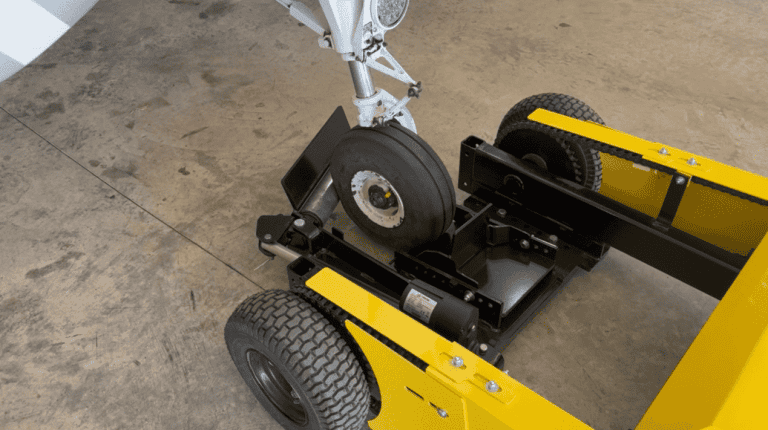Implementation of a comprehensive ergonomics program is often initiated by a business for the obvious safety and financial benefits realized in reduced workplace injuries and their attendant costs. What many business owners fail to realize are the significant productivity gains possible when ergonomic practices and ergonomically-designed equipment are adopted. Businesses that practice Six Sigma have been quick to see the potential for sustained productivity gains when ergonomics are integrated into workplace practices.
Utilization of the 5-step Six Sigma process can help a business build a successful and sustainable ergonomics program that will not only produce impressive immediate production gains, but sustain and continue to improve those results over the long-term. Six Sigma practitioners have found that adoption of ergonomic practices and use of ergonomic equipment optimizes worker performance, reduces production cycle time, increases cost competitiveness, and empowers workers. The end result is increased production, improved product quality, a happier workforce committed to improvement, and a satisfyingly positive impact on your bottom line.
Six Sigma’s disciplined, process-oriented approach to problem solving involves five steps that are easily applied to development of a comprehensive ergonomics program:
Define. It’s important to know what you’re working toward, so the Six Sigma process begins by establishing the goals to be achieved. Clearly define the problems to be addressed by reviewing injury, illness and workers’ compensation claim data for commonalities. Production bottlenecks, quality issues, rework costs, and warranty costs are other problem indicators. Don’t neglect the important area of staff morale. High absenteeism is indicative of low morale. After defining problem areas, establish specific goals for improvement in each area. You’ll also need to determine tracking metrics and establish support and educational resources.
Measure. In order to correctly measure improvement, you need to pinpoint your starting point. Collect information about your workers and their abilities. Define the parameters and potential risk of each task, paying particular attention to potential stressors, including site lines, posture, reach required, force expended, repetition, vibration, noise levels, work environment temperature, etc. Collect data about the individual steps required to perform each task.
Analyze. Analyze the data collected to discover the root cause of each problem. Evaluate and identify risks associated with each task. Don’t neglect to talk to the workers who actually perform each task. They can provide astute insight into what works, what doesn’t and how to improve the situation. Before implementation, carefully evaluate potential process improvements, equipment and tools for their ability to solve the problem as well as risk potential. Determine and prioritize improvements to be introduced into the workplace.
To be continued Friday


